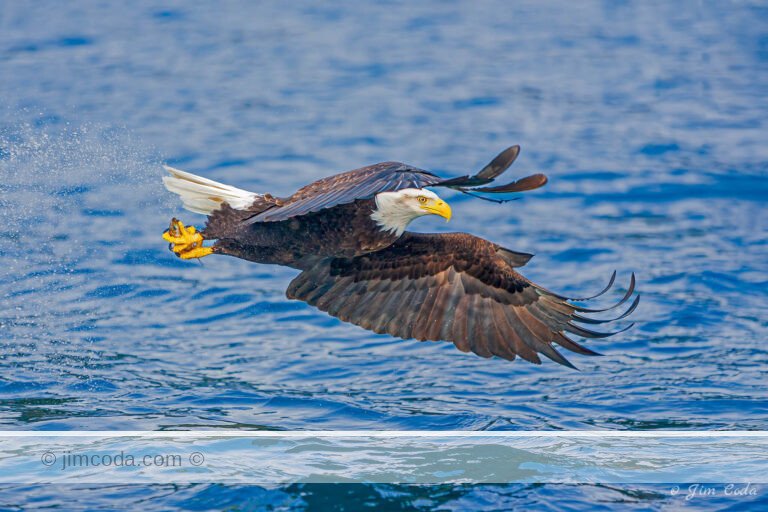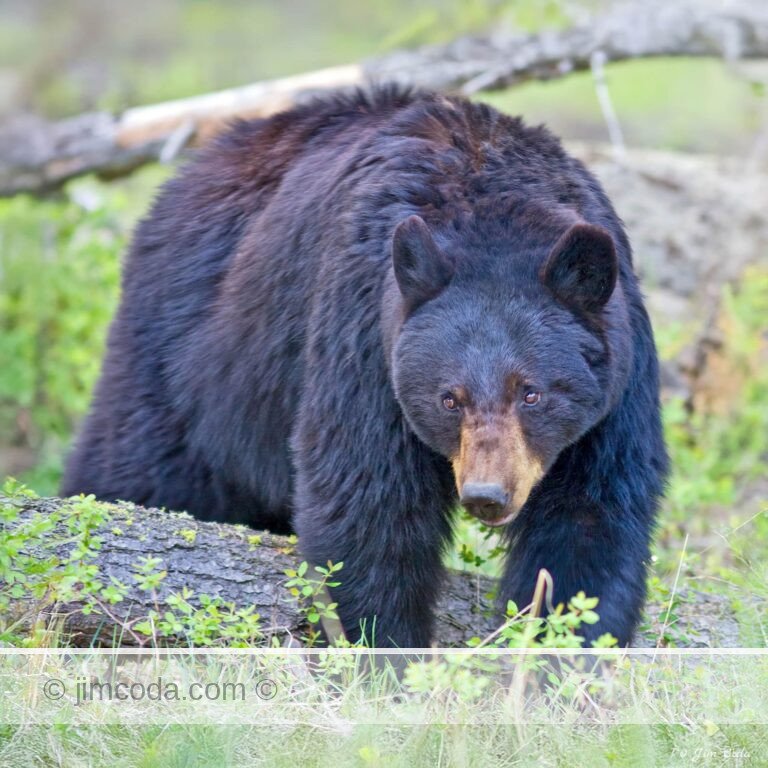[That last post about elk fencing was pretty long. Here’s a much shorter version that I’ll call an “Executive Summary.” The next two paragraphs are basically the same as the original, but after that, the following 6 paragraphs replace over 50 paragraphs in the original post.]
As if we didn’t already have enough signs in west Marin about oyster farming in the Seashore, there are new signs popping up about elk and putting them behind a fence. The new signs say: “Let’s protect / both elk and cow / time to build / elk fences now.”

What’s it all about? In a nutshell, there are some ranchers and dairy farmers in the Point Reyes National Seashore who use park land for ranching and dairying under leases and permits from the Park Service. They and/or their employees live on those lands. Tule elk also exist on some of those park lands. Some or all of the ranchers want the Park Service to get them off those lands because the elk eat grass, as part of their diet, and they drink water. The ranchers claim to own all the grass and water. Their solution is for the Park Service to build a fence in the park’s wilderness area and put the elk behind the fence. I should add that the Park Service has initiated a planning process to develop a new ranch management plan for the Seashore and elk will be addressed in the plan. In that sense, the signs are timely and the ranchers are lobbying the public for their fencing idea. But the signs raise some serious questions. Would a fence work? Would it be a good idea? Are there legal issues? Policy issues?
First of all, a barbed wire fence won’t work. You would have to build a woven wire fence 8 feet tall. See photo. This kind of fence is designed to keep wildlife from getting out or in. It’s also referred to as an enclosure fence or an exclosure fence depending on whether the intent is to keep wildlife in or out. Regardless of intent, it prevents all animals from traveling in either direction.

Would it work? There are two ways to try to fence the elk (and the other wildlife). You could build a boundary fence between the wilderness and the ranching area or you could build an enclosure fence in or around the wilderness. A boundary fence wouldn’t work because the elk could just walk around either end of it. An enclosure fence might work, but it would have other problems as discussed below.
Would an enclosure fence be a good idea? No, for several reasons. Point Reyes is a national park. The wildlife in a national park should not be locked up. Parks are the antithesis of zoos. No other national park has locked up any wildlife that I know of. It would also be harmful to the wildlife. The fence would divide the home range or territory of many wild animals. That would cause conflict, death and reduced carrying capacities. The fence would also have a very negative effect on the visitor experience and the aesthetics of the park, especially where any fence crossed a beach or hiking trail or ran parallel to a beach, hiking trail or road. The enclosure would also be very expensive to build and maintain. If the entire central and southeast wilderness units were enclosed in a large fence, the fence would be roughly 38 miles long if built on a straight line. Given elevation changes, the need to go around areas rather than through them due to rocky ground and heavy vegetation, and the very irregular boundary line of the wilderness, the length of the fence would be much more than any straight-line estimation. 50% longer would be as good a guess as any. There would also be a need to acquire easements to the extent the fence had to cross private lands, such as the Vedanta Society’s Retreat Site near Olema. The cost should be borne by the ranchers since they are the only ones to benefit from the fence.
Are there any legal issues standing in the way of the elk enclosure? Yes, I think so. The Park Service’s Organic Act states that the Park Service must “conserve the scenery and the natural and historic objects and the wild life [sic] therein ….” 16 U.S.C. Section 1. An 8-foot tall woven wire fence designed to limit the movement of wildlife doesn’t conserve the scenery or the wildlife. It hurts both. The Point Reyes statute states that the Secretary shall administer the property “without impairment of its natural values.” 16 U.S.C. § 459c-6. Wildlife is clearly one of its natural values. The enclosure fence would clearly impair necessary wildlife movement. That’s the very purpose of it – to lock the wildlife up much like livestock or animals in a zoo. The Wilderness Act is another problem. An 8-foot tall woven wire fence, with all the wildlife therein locked up inside it, and the wildlife outside it unable to move through it, would conflict with the very definition of wilderness in the Act. Among other things, the area would no longer be “without permanent improvements” or “managed so as to preserve its natural conditions” or “with the imprint of man’s work substantially unnoticeable.” 16 U.S.C. § 1131(c).
Are there any policy issues regarding this fencing idea? Yes. The Park Service has a formal national policy to the effect that it will not maintain captive herds of wildlife for the enjoyment of the public, but that it instead maintains wild populations within natural habitats. This policy is referenced in the 1998 Elk Management Plan, page 54, and would seem to prohibit the construction of any enclosure fence. Consistent with the policy, the Park Service stated, in describing the alternative which was chosen in the 1998 Elk Management Plan, that “[t]he Seashore will not attempt to establish new herds that require permanently fenced, restricted ranges.” Id., at 46. I would add here that building the fence would likely violate the Park Service Organic Act, the Point Reyes legislation and the Wilderness Act; all good reasons to have formulated the policy.
In summary, I think this fencing idea is prohibited by law and Park Service policy. Plus, it would be very harmful to wildlife (the reason for the policy), negatively impact visitor experiences, and be very costly. If built, it should be paid for by the ranchers because they are the only ones who want to lock up the elk (and other wildlife). Assuming the fence would run for about 57 miles (my guesstimate) and given the lack of roads and the prohibitions in the Wilderness Act regarding roads (temporary or permanent) and use of mechanized equipment, I think the fence would cost in excess of a million dollars. It could be much more. It’s also unlikely anyone would bid on the job if the Wilderness Act requires it to be built with hand labor only. If you’re interested in more detail, read my previous blog.











0 Responses
Very interesting and informative blog, Jim Thank you.
I do not believe any wildlife,including elk, deserve to be fenced in National park lands
Good luck in your goall to help the wildlife freedom.
Thanks Roberta.